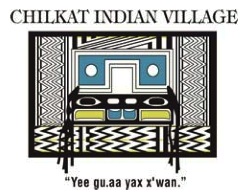History
The people of Klukwan lived self-sufficient and prosperous lives prior to the arrival of outsiders brought in by the Alaska Gold Rush in the late 1800s. The Chilkats subsisted on foods found in their immediate area and engaged in trade with neighboring and farreaching tribes to the north and the south. The prosperity of the Chilkats continued well after contact as they closely guarded their trade routes into the Interior of Alaska and Canada. Legend tells us that the Chilkats began to lose control of the prosperous trade routes only after the United States Army came armed with Gatling guns. Spears and daggers, the traditional weapons of the Tlingit, were no match for automated weapons.
The early 1900’s brought much change to Klukwan residents. A Bureau of Indian Affairs School and a Presbyterian Church were both constructed in Klukwan during 1902. Fort Seward, a former United States Army base in the nearby town of Haines, was also constructed about that same time. The presence of these institutions had a profound effect on the community of Klukwan. Clan houses, which were multi-family dwellings centered upon Tlingit societal structures, were abandoned for single-family units. Laws against potlatches and other Tlingit customs were passed forcing Tlingits throughout Southeast Alaska to abandon tribal ways.
Extensive tribal land bases all over Alaska were dramatically reduced with the passing of mining claims, homestead laws and the Statehood Act. In Klukwan, the ancestral land base, which covered approximately 2.6 million acres, was reduced to an 898.6-acre reserve as miners, homesteaders, the Territory/State of Alaska and others staked their claims on Chilkat land. [Fortunately, in the 1990s Nature Conservancy who had been entrusted with the land by Klukwan Iron Ore Co. returned 1,000 acres of ancestral lands to the tribe.] In spite of all the above encroachments upon the land and culture of the Chilkats, there still remains a cultural richness that makes Klukwan a unique place to visit and experience.
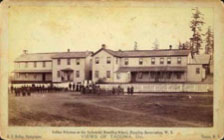
Children were punished for speaking their native languages in schools and were often removed from their homes for years at a time in boarding school situations. Some children were sent as far away as Kansas and were never returned to their families.
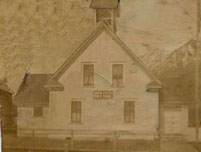
The BIA School

Klukwan, Alaska on the Chilkat River – Alaska State Library, Winter & Pond Photographs, ASL-P87-2909
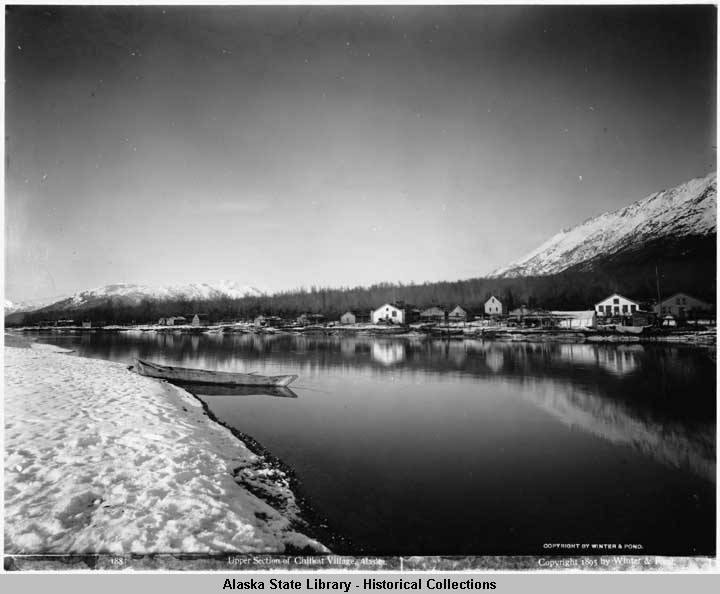
Upper Section of Chilkat Village, c. 1895 – Alaska State Library, Winter & Pond Photographs, ASL-P87-0001
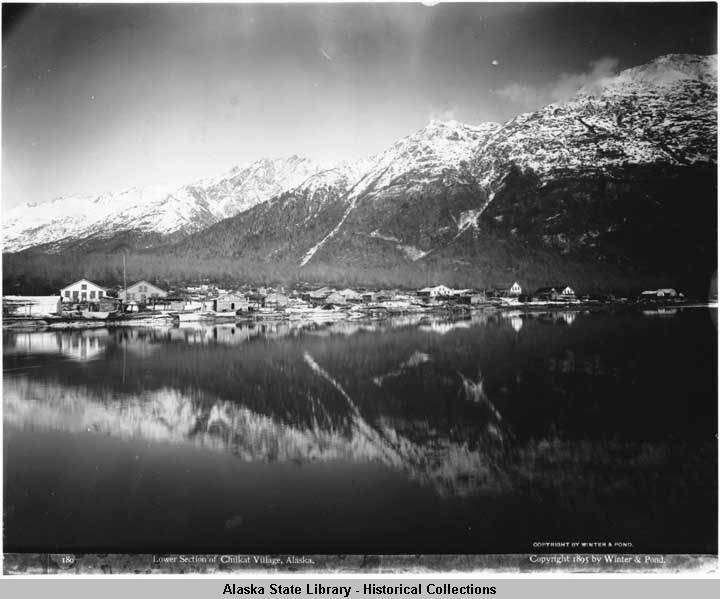
Lower Section of Chilkat Village, c. 1895, Alaska State Library, Winter & Pond Photographs, ASL-P87-0002
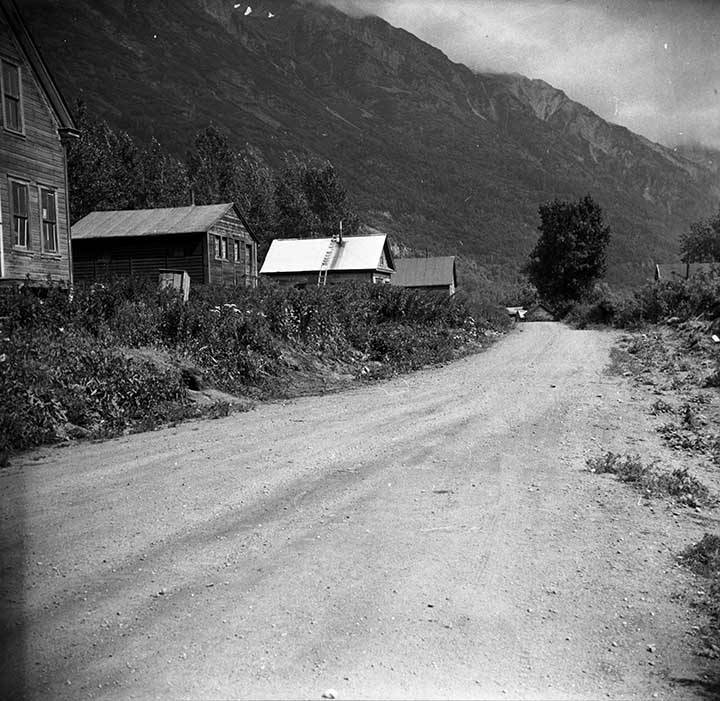
Klukwan, Alaska 1954, Alaska State Library, Evan Hill Photograph Collection, ASL-P343-216
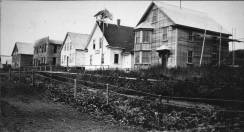
Government school house, Klukwan, Alaska 1913?, Alaska & Polar Regions Collections, Elmer E. Rasmuson Library, Reverend S. Hall Young Album, UAF-2001-38-79

Klukwan from the Dalton Trail 1898-1899, Alaska & Polar Regions Collections, Elmer E. Rasmuson Library, H.C. Barley photographs, UAF-1998-28-83

Klukwan 1949?, Alaska & Polar Regions Collections, Elmber E. Rasmuson Library, George A. Morlander Photographs, UAF-1997-108-754
